February 25, 2021
Protecting the unknown
If space is the ‘final frontier’, the ocean depths are no doubt the ultimate frontier. To this day it is hard to imagine, despite all our advanced technology, that we know more about the surface of the moon — hundreds of thousands of kilometers away — than of the complex ecosystems that inhabit the ocean’s deep waters, just 400 m under the surface of your nearest sea.
Only about one fifth of the ocean has been explored. Unlike the study of space, where the subject is safe from human impact, ocean scientists are increasingly worried that we are in a race for time: These unexplored places are vulnerable to the devastating effects caused by humans, ranging from our over-reliance on single-use plastics to unsustainable (and sometimes even illegal) fishing practices like bottom trawling, and we may be harming or even destroying complex ecosystems before they can be observed in their natural states.
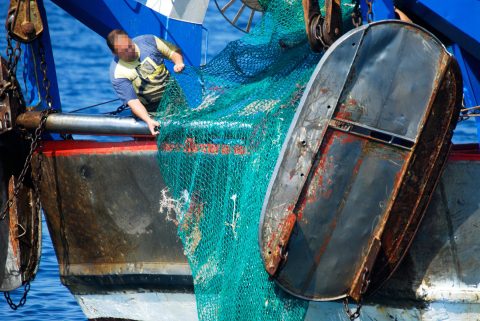 |
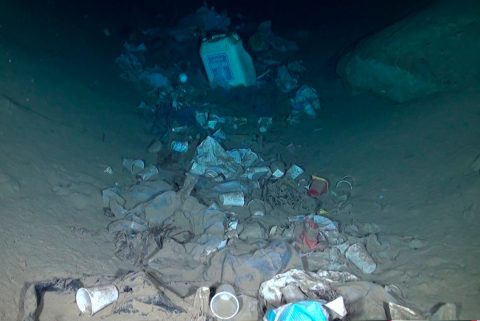 |
| Fisherman at the stern of a trawler off the coast of Huelva, Spain. Note the with uprooted gorgonians in the net. © OCEANA / Juan Cuetos |
Seafloor covered in marine litter, including single-use plastics at 815 m. Banco del Bagno, Aeolian Islands, Sicily, Italy. © OCEANA
|
“To further compound this time race”, says Nicolas Fournier, marine protection campaign director, Oceana in Europe, “there’s also a political paradox at play when it comes to protecting these places: governments and international bodies need data to prove why an area needs to be protected and use that as an excuse for not taking action. But the precautionary principle tells us the opposite: in the absence of solid science we must act cautiously in the first place, meaning conserving what we don’t know”.
Enter Oceana and its ultimate quest for data, especially in the least explored areas of our seas — dark habitats. The pitch-black realm that seems devoid of life — until you turn on the remotely operated vehicle’s (ROV) spotlights…
“It’s full of life, but unlike near or on the surface of the earth, this is entirely an animal kingdom without any plants”, says Ricardo Aguilar, senior advisor and expedition leader for Oceana. “The lack of light and low temperatures allows for interesting and unique ecosystems filled with the likes of marauding scavengers to complex symbiotic communities made up of two or more interdependent species. Every time we pilot the ROV passed the mesopelagic zone and travel down into the dark I get nervous and excited — who knows what we’ll see down there”?
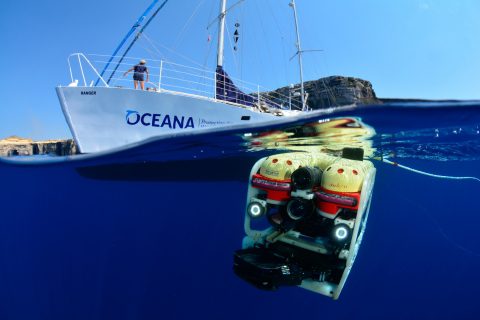 |
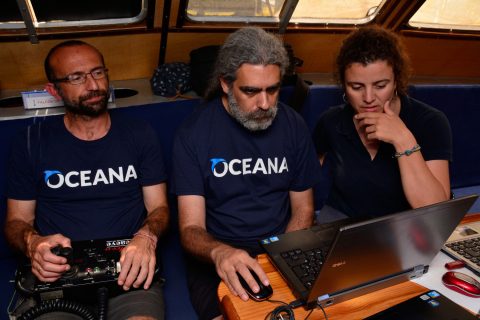 |
| ROV starting its journey below… Gozo, Malta. LIFE BaHAR Malta 2015 E xpedition. June 2015. © OCEANA / Carlos Minguell | ROV pilot José Manuel Sáez, Ricardo Aguilar and Marine Scientist Dilvia Garcia watching a live feed from the ROV. Gozo, Malta. LIFE BaHAR Malta 2015 Expedition. June 2015. © OCEANA / Carlos Minguell |
Aguilar led over two dozen at-sea expeditions in European waters over the past 15 years, many of which conducted research at depths beyond 400 m. His team of scientists, divers, and other specialists have discovered new species, mapped seafloors, and acquired terabytes of data about some of Europe’s most valuable marine treasures including 15 unique marine biodiversity hotspots that need immediate protection.
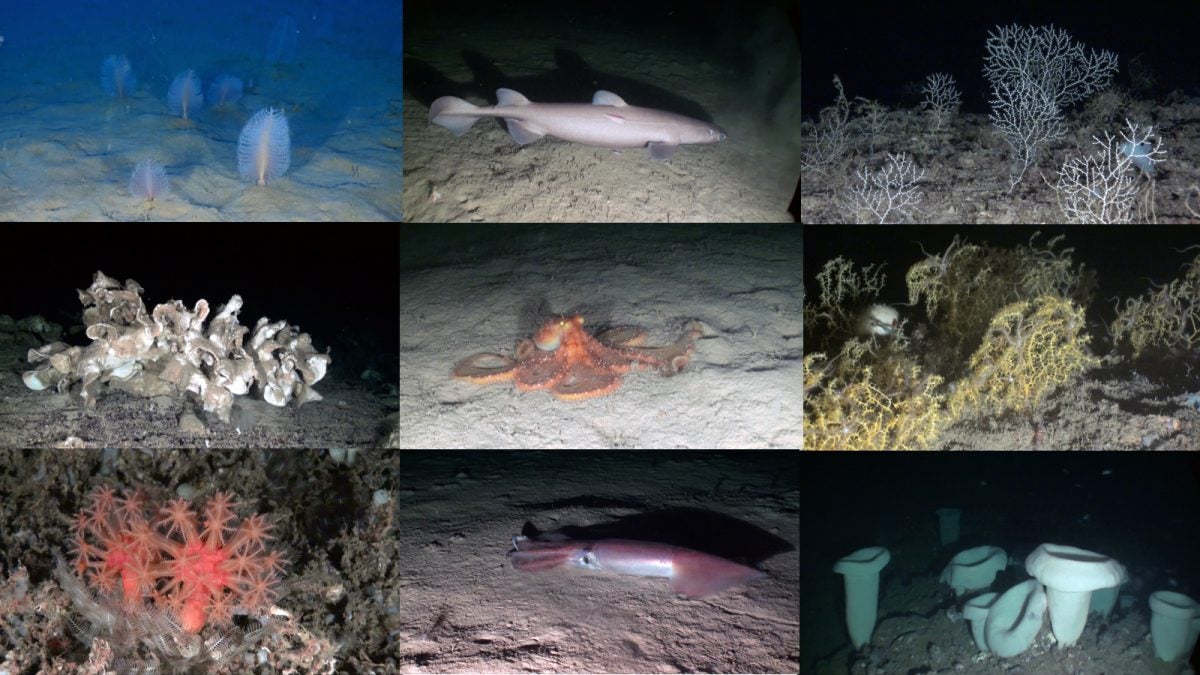
Collage of fauna found in differant dark habitats aquired during various Oceana expeditions. © OCEANA
But still, this is only one small glimpse of what lies below, and more research is desperately needed so that we may protect areas we have little, or no information about. One such route of ocean protection and, in turn, expanding our scientific knowledge, is by using the objectives of the “30×30” initiative as a starting point to get European governments to commit to more protection and start acting now with available data — before it’s too late.
You too can help us learn more about this ultimate frontier: Share or like this post to help us spread the word about these precious and mysterious places!
Share this:
More info:
Barcelona Convention Marine Action Plan

